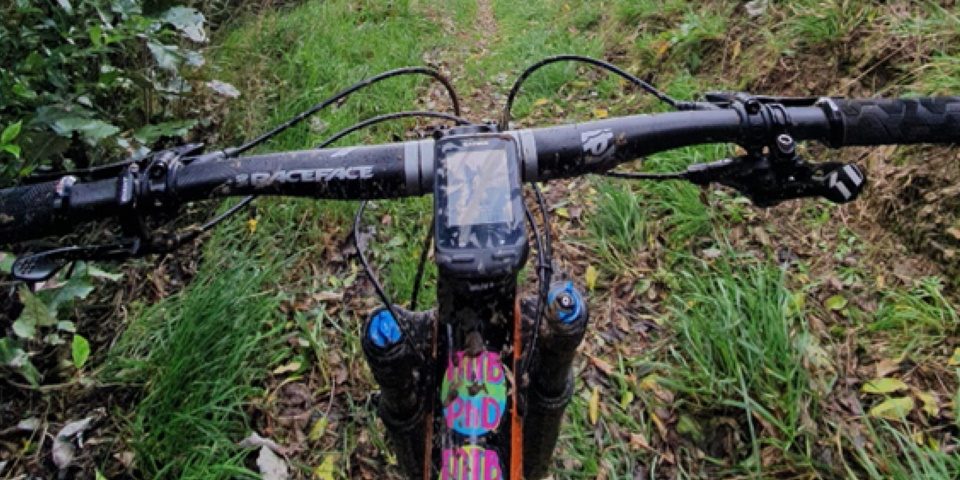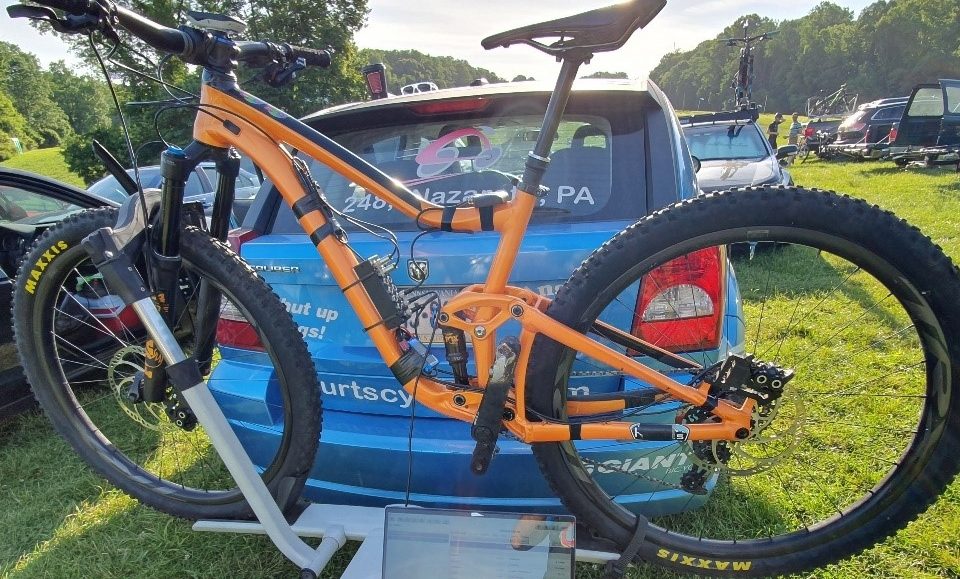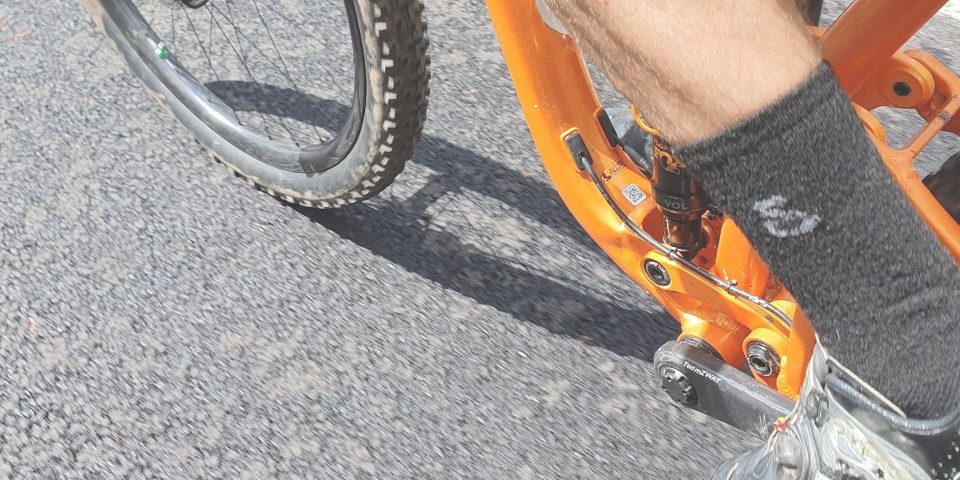Training

Bottom bracket selection for MTB
We know selecting the right bottom bracket is a confusing topic. The whole bike industry is constantly changing things to sell more. The idea seems to be the less compatibility, the more they sell. Pretty lame, but that is how it works.
For the new MTB power meter ÿding, here are the 3 different types of bottom brackets (BB) we supply. Which one you need depends on your frame.
The spindle diameter of ÿding is 30mm, so you may actually have the right BB installed already. If your current crank is Shimano however, you most likely have to change the BB.
This is the three different styles we offer, which should fit most regular MTB frames out there.
BSA
The good old threaded bottom bracket that we really like a lot. This is also known as “Standard Threaded” or “English Threaded”. The frame has a 1.39″ x 24TPI thread. Normal thread on the non-drive side and left-hand thread on the drive side.
The inner diameter of the frame/shell is 33.6-33.9mm and can vary a little due to how the thread is cut.
Common shell (or frame) widths are 68mm (road), 73mm (MTB), 83/86mm (Downhill), 100/120mm (Fatbike). The bearings here will fit all of the frame widths. The ÿding MTB power meter, however, will only fit well on the 73mm shell width frames.
This is the BSA bottom bracket we supply for ÿding:
PF30
The press-fit bottom bracket (specific for MTB). This requires a tool to press the two halves together into the frame opening. In a pinch, you can do this with a C-clamp or a long bolt and some big washers.
The inner diameter of the frame/shell is 46mm.
Common frame/shell widths are 68mm (road), 73mm (MTB), 83mm (Downhill), 86mm, 92mm, 100mm (fat-bike).

Typical dimensions for PF30 frame and bearings.
The bottom bracket we carry is for ÿding and will only fit well on the 73mm wide frame/shell:
BB30
You basically get a new set of bearings and the lock rings (C-clips) to keep it in place. The bearings are pressed directly into the frame. Some frames have molded or machined bearing stops, so the C-clips can be avoided.
The inner diameter of the frame/shell is 42mm.
Commons frame/shell widths are 68mm (road), 73mm (MTB), 83mm (Cannondale MTB), 84.5mm (Specialized MTB Alloy OSBB), 120mm (fat-bike). The bearings here will fit all of the frame widths. The ÿding MTB power meter, however, will only fit well on the 73mm shell width frames.

Typical dimensions for BB30 frame and bearings.
This is the BB30 bottom bracket we supply:

BB86/BB91/BB92
This standard is special in that the bearings fit into removable cups that are pressed into the frame. Some call this PF41, as the inner diameter of the frame/shell is 41mm.
A typical frame/shell width for road bikes is 85.5mm, which is why it’s called BB86.
For MTB, the typical frame width is 91.5mm (hence the BB91 or BB92 designation). There is a number of wider frames out there as well, with frame widths like 104.5/107/121/132mm for downhill and fat-bike applications.
The ÿding power meter will fit the BB91/92 frames using the right type of bottom bracket. We are looking into which bottom bracket to offer for this. For now, you have to find this through some of the many other sources.
How about DUB 29mm?
SRAM has recently decided to switch from 30mm to 28.99mm diameter spindles – they call this DUB. Again this is a move the sell more by making things incompatible. If you have an MTB frame with a “DUB” bottom bracket, you need to switch the bottom bracket to a standard 30mm one.
Want to know more?
Hope this quick overview clears up some of the confusion. Changing a BB is not hard and getting new bearings may in some cases be the best upgrade you can do for the money. Please look for instructional videos on YouTube and you will find plenty for just your situation.
A great wizard for finding the right type of bottom bracket is the EasyBottomBrackets website by FSA.
The ultimate guide to bottom brackets have to be the Bike Radar one called “The complete guide to bottom bracket standards“, which is highly recommended if you really want to know everything,
If in doubt, always ask a mechanic.








